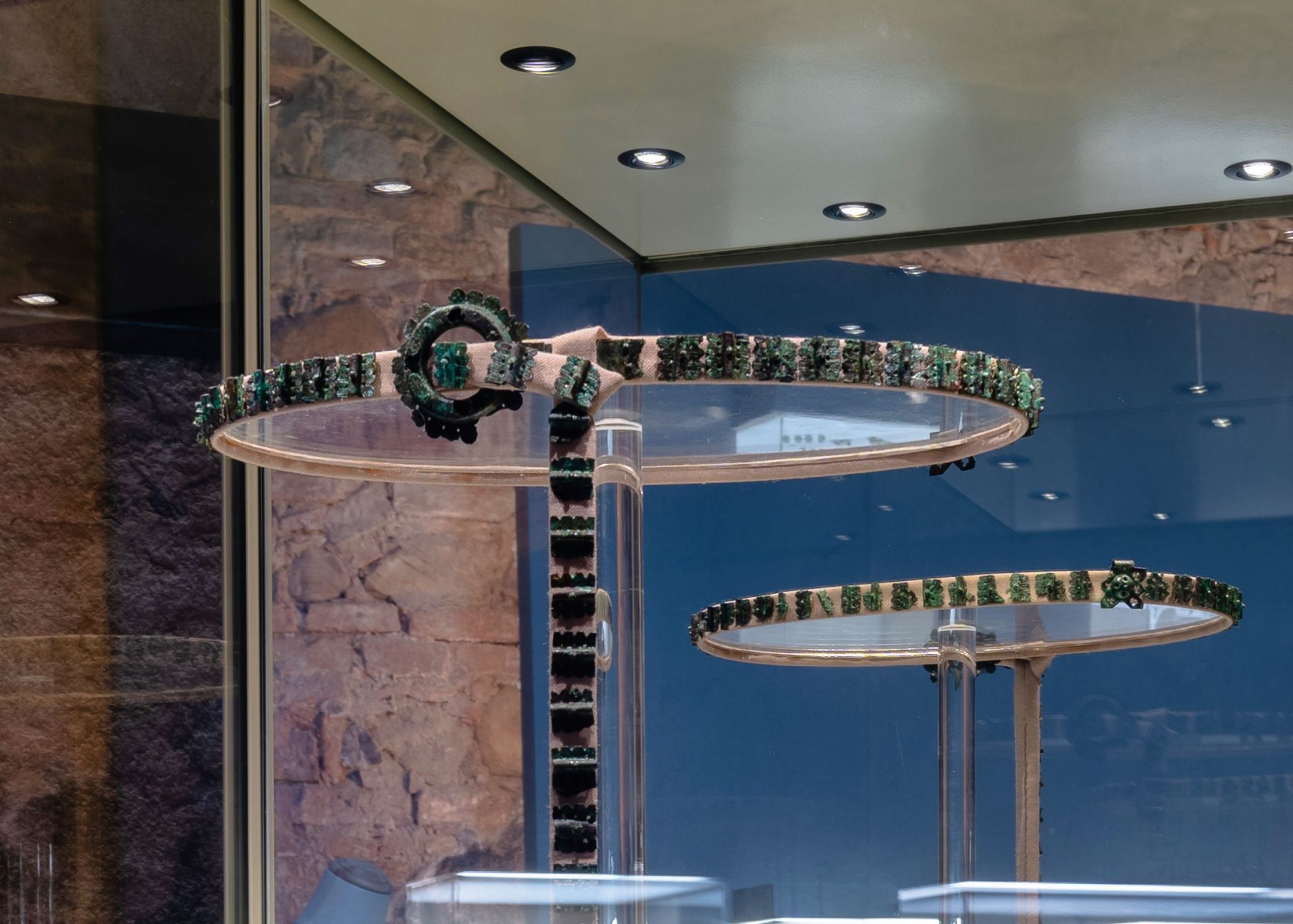The Archaeological Museum was inaugurated in 2004 with the aim of properly preserving numerous finds discovered in the Etruscan archaeological site of Ortaglia, a few kilometers from Peccioli. The excavations were supervised by the Municipality of Peccioli in collaboration with the University of Ferrara, under the direction of Stefano Bruni.
Votive objects and parts of a building came to light from a well 10 meters deep and 4 meters wide; given their size and type of decoration, the building parts reminded of something similar to a temple or a sanctuary at the least. The finds were fragmented, because the building they belonged to collapsed, probably in the 4th century BC, as a consequence of a fire. At a later stage, the upper part of the well, due to erosion, had collapsed towards the north-west, causing the finds to fall from a height of about five meters.
Many votive objects, such as loom weights and thread reels, typical of the labor of women, led to the interpretation that the sanctuary was dedicated to a female deity.
The strong point of the collection is an Attican kylix with red figures, certainly attributable to the famous Greek painter Makron, who worked in Athens around 490 – 480 BC.
In 2007, the Archaeological Museum was placed in a new and evocative location, in Piazza del Carmine 33: the location is made of a system of tunnels, which were used as a cellar until recent times but had probably contained underground tombs in ancient times. In the new site, other finds were exhibited together with the previous ones: a funerary set from an Etruscan tomb in Legoli (excavated in 1930), a large loutérion (a basin for ablutions) as well as a series of objects related to nocturnal cults, linked to a deity similar to the Greek goddess Demeter.
Among these we can admire a kèrnos (a cylindrical vase) with four cups for votive offerings to the deity.
In a hall dedicated to temples, a large model is the scale reproduction of a Tuscan temple, rendered according to the rules of Vitruvius (an architecture theorist of the Augustan age). Considerable importance was given to multimedia in this new exhibition. The idea was that the most recent acquisitions in this field could meet the needs and the way of learning of students and younger generations above all. So, the model of the temple was equipped with multimedia supports that allow visitors to “ask it questions” and enjoy three-dimensional films through special glasses. Furthermore, a screen with a projector was set up in the multimedia room, on which it is possible to watch films related to the story of the fire in the temple of Ortaglia. Since the finds were discovered in the territory located north of Volterra, the history of the Etruscans of Volterra could be elaborated and interpreted under a new light: and yet, their late archaic period still remains a very obscure one.
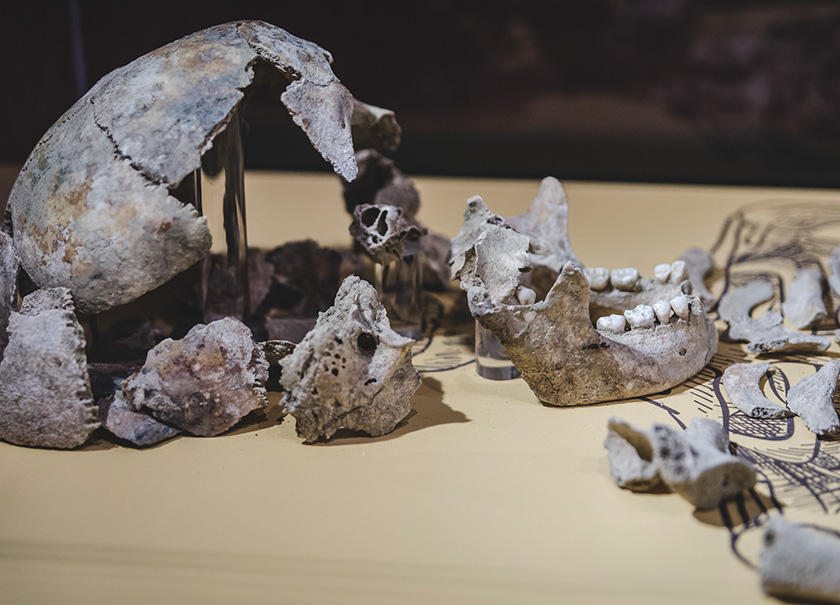
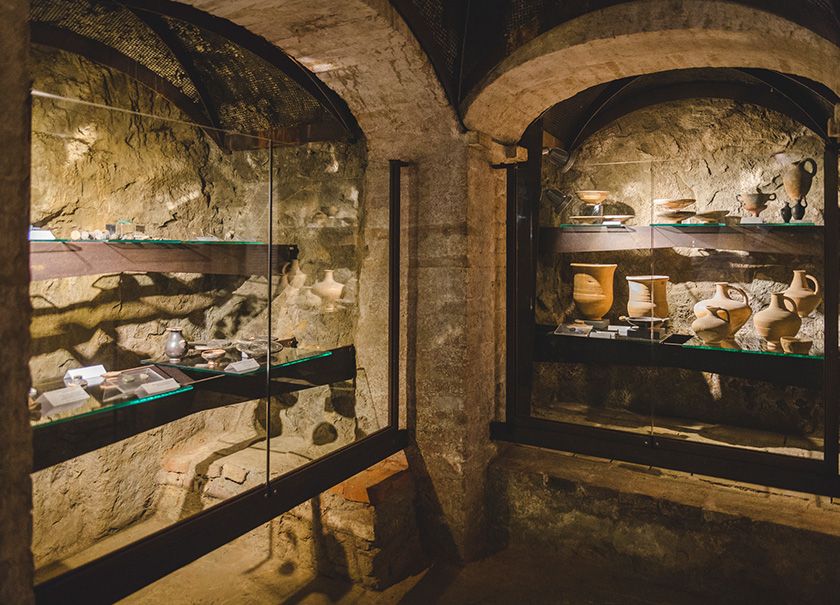
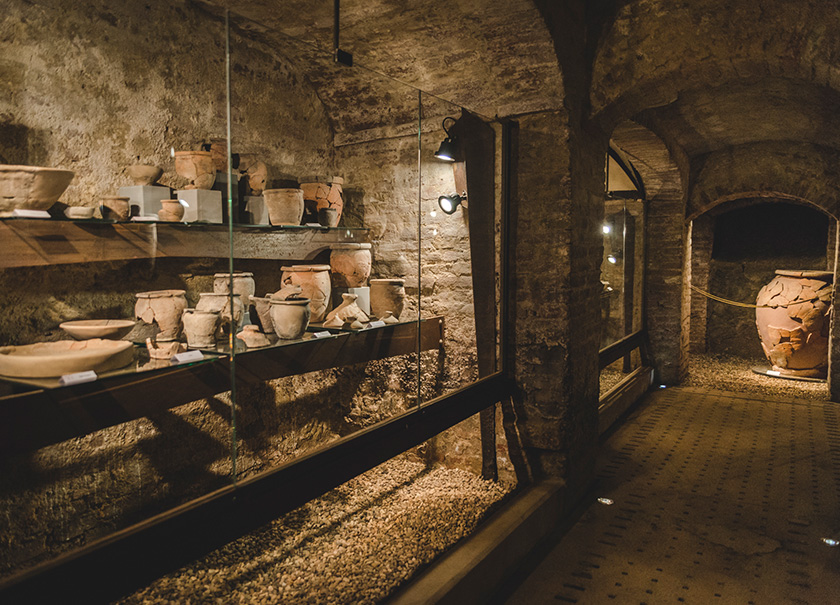
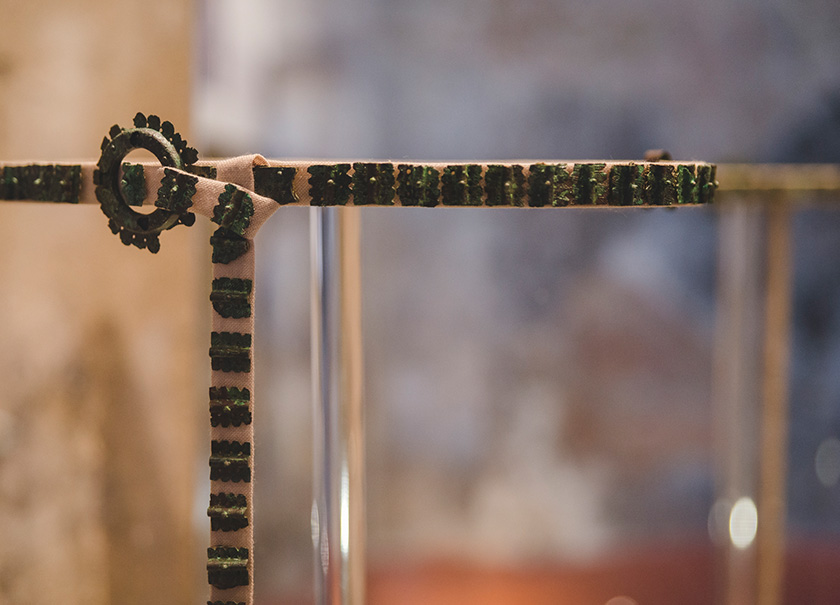
In fact, the Etruscan collection from the archaeological site in Ortaglia was joined by other materials found during excavations led by a local Archaeological Group called Tectiana, on the site of Santa Mustiola in Ghizzano, on a small hill located along one of the most important ancient means of communication in the area, connecting Volterra, Pisa and the sea to reach Rome. Precisely due to the commercial and strategic importance of the place, the settlement developed in various phases: the Roman one, testified by a cistern of the 1st century AD, the Longobard one, with large quantities of objects and ceramics of daily use, and finally the medieval one, with the construction of a small church dedicated to Santa Mustiola. Along one of the perimeter walls inside the church, the burial of a woman was found with a precious bronze kit, now completely restored and reassembled in its original form.
The kit, consisting of a hat, a ring and a belt can be dated to the first half of the 14th century. It represents a rare example of this type in Italy, above all for the quantity of decorative elements that make up the belt. The importance of the recovery, combined with the information coming from an anthropological study of the buried bones, made it possible to outline some aspects of the life of the deceased.
The name we chose for the woman of this discovery is Isadora. This event opens up new scenarios on the type of settlement that characterized our territory in those centuries, so much so that a small hill that today is located outside the main routes was probably at its center in the past.
OPENING HOURS
Tuesdays: 9.00 – 13.00
Wednesdays: 15.00 – 19.00
Saturdays, Sundays and holidays: 10.00 – 13.00, 14.00 – 19.00
Closed on New Year’s Day, May 1st, August 15th, Christmas Day and in the afternoons on New Year’s Eve and Christmas Eve.
TICKETS
Free entry
For schools students and for groups of visitors it is possible to book private guided tours independently from the opening hours. They are requested to contact the administrative office of the Foundation Peccioliper (fax +39 0587 670831).
CONTACTS
Museo Archeologico
Via del Carmine, 33 – 56037 Peccioli (PI)
Tel. +39 0587 672158
Tel. +39 0587 672877
